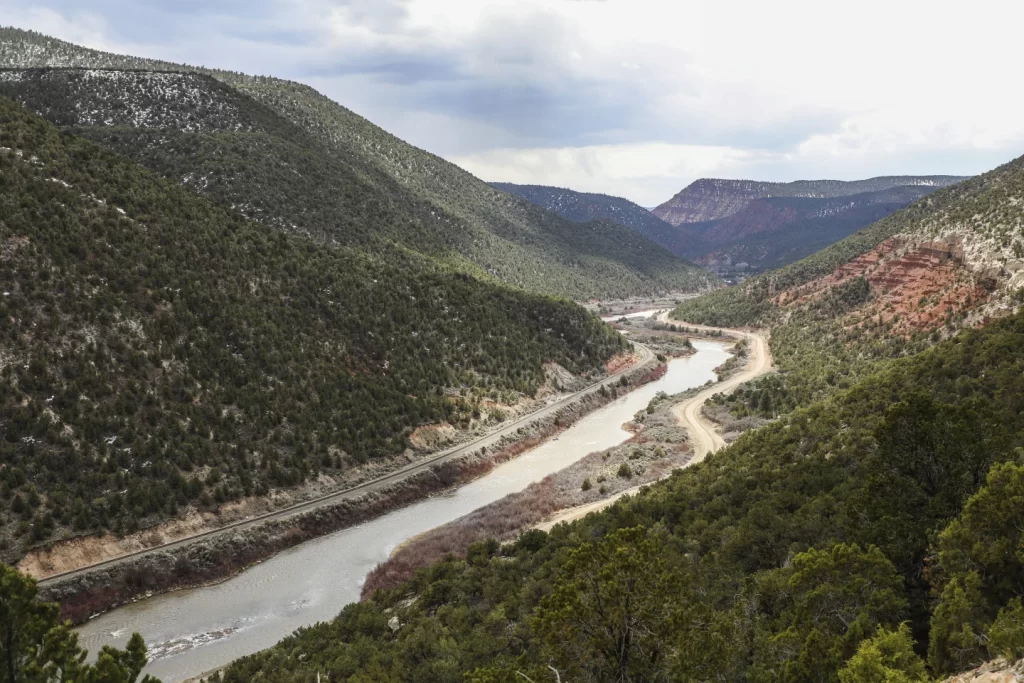

DENVER — River basins around the world that were once regularly snowbound are increasingly seeing their snowpack shrink and climate change is to blame, a new study found.
“Many of the world’s most populous basins are hovering on the precipice of rapid snow declines,” concluded the study of snow amounts since 1981 in Wednesday’s journal Nature.
That’s because the study found a key threshold for the future of snowpacks in the Northern Hemisphere: 17.6 degrees (-8 degrees Celsius). In places where the winter temperature average is colder than that, the snowpack often survives because it’s cold enough. But areas warmer than 17.6 degrees for a winter average tend to see their winter wonderland dreams melt like the wicked witch of the west. And it’s happening fast.
Most past studies have looked at snow cover, which is a simple measurement of whether the ground has snow or not. This latest research examined snowpack, a more encompassing measurement that includes depth and amount, at its general peak in March. Spring snowpack is critical for delivering a steady supply of drinking and irrigation water to billions of people, with bigger and earlier melts causing problems.
